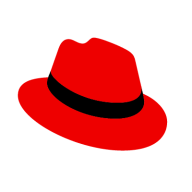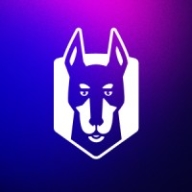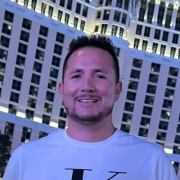

Red Hat Advanced Cluster Security for Kubernetes and Snyk are security solutions for Kubernetes, each offering distinct advantages. Red Hat is superior in terms of ease of deployment and support, while Snyk has a stronger feature set, particularly in vulnerability detection, even though it comes at a higher cost.
Features: Red Hat offers seamless integration with Kubernetes, providing comprehensive visibility into security risks throughout the container lifecycle, efficient container management, and robust authentication features. Snyk provides broad vulnerability detection across various programming languages, simple integration with multiple tools and platforms, and actionable insights that allow developers to manage container security effectively.
Room for Improvement: Red Hat could enhance its feature set by expanding vulnerability detection capabilities beyond containers and investing in more automation options for risk management. Snyk can improve by providing better dedicated support options, enhancing its library to reduce dependency issues, and integrating more comprehensive real-time security analytics to assist with immediate threat response.
Ease of Deployment and Customer Service: Red Hat's deployment is highly efficient within Kubernetes-managed environments, bolstered by robust support services that simplify the integration process. Snyk offers a straightforward deployment experience with a developer-first security focus, though it may lack the immediate support response some organizations require for urgent assistance.
Pricing and ROI: Red Hat has competitive pricing that provides significant ROI by efficiently managing container security. Snyk, while more expensive, offers a strong ROI through its rich features and is beneficial for businesses that prioritize developer-centric security solutions.
| Product | Market Share (%) |
|---|---|
| Snyk | 5.3% |
| Red Hat Advanced Cluster Security for Kubernetes | 2.2% |
| Other | 92.5% |


| Company Size | Count |
|---|---|
| Small Business | 6 |
| Midsize Enterprise | 2 |
| Large Enterprise | 4 |
| Company Size | Count |
|---|---|
| Small Business | 20 |
| Midsize Enterprise | 9 |
| Large Enterprise | 21 |
Red Hat Advanced Cluster Security for Kubernetes is a Kubernetes-native container security solution that enables your organization to more securely build, deploy, and run cloud-native applications from anywhere. With its built-in security across the entire software development life cycle, you can lower your operational costs, reduce operational risk, and increase developer productivity while improving your security posture immediately. In addition, Red Hat Advanced Cluster Security integrates with security tools and DevOps in an effort to help you mitigate threats and enforce security policies that minimize operational risk to your applications. It also enables you to provide developers with actionable, context-rich guidelines integrated into existing workflows, along with tooling to support developer productivity. The solution is suitable for small, medium, and large-sized companies.
Red Hat Advanced Cluster Security for Kubernetes Features
Red Hat Advanced Cluster Security for Kubernetes has many valuable key features. Some of the most useful ones include:
Red Hat Advanced Cluster Security for Kubernetes Benefits
There are many benefits to implementing Red Hat Advanced Cluster Security for Kubernetes. Some of the biggest advantages the solution offers include:
Reviews from Real Users
PeerSpot user Igor K., Owner/Full Stack Software Engineer at Maraphonic, Inc., says, “The solution allows teams to create their own virtual spaces and share resources. The most valuable feature is the ability to share resources.”
Snyk excels in integrating security within the development lifecycle, providing teams with an AI Trust Platform that combines speed with security efficiency, ensuring robust AI application development.
Snyk empowers developers with AI-ready engines offering broad coverage, accuracy, and speed essential for modern development. With AI-powered visibility and security, Snyk allows proactive threat prevention and swift threat remediation. The platform supports shifts toward LLM engineering and AI code analysis, enhancing security and development productivity. Snyk collaborates with GenAI coding assistants for improved productivity and AI application threat management. Platform extensibility supports evolving standards with API access and native integrations, ensuring comprehensive and seamless security embedding in development tools.
What are Snyk's standout features?Industries leverage Snyk for security in CI/CD pipelines by automating checks for dependency vulnerabilities and managing open-source licenses. Its Docker and Kubernetes scanning capabilities enhance container security, supporting a proactive security approach. Integrations with platforms like GitHub and Azure DevOps optimize implementation across diverse software environments.
We monitor all Container Security reviews to prevent fraudulent reviews and keep review quality high. We do not post reviews by company employees or direct competitors. We validate each review for authenticity via cross-reference with LinkedIn, and personal follow-up with the reviewer when necessary.